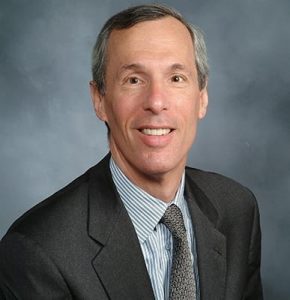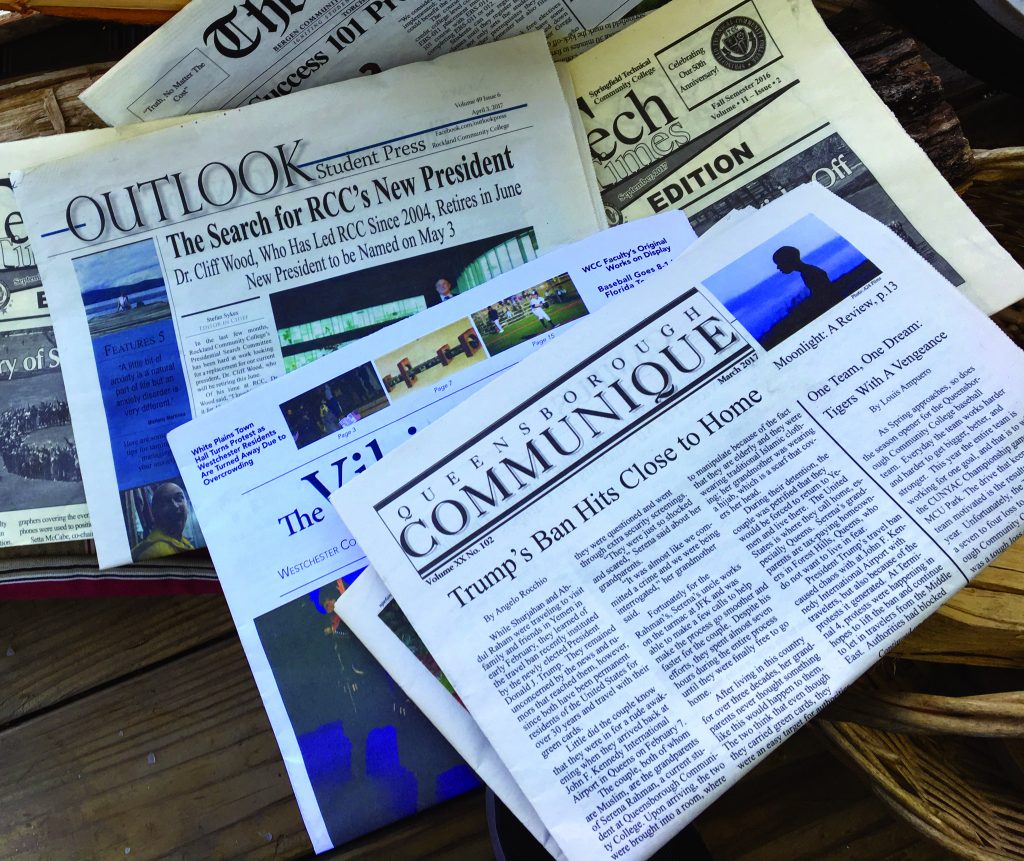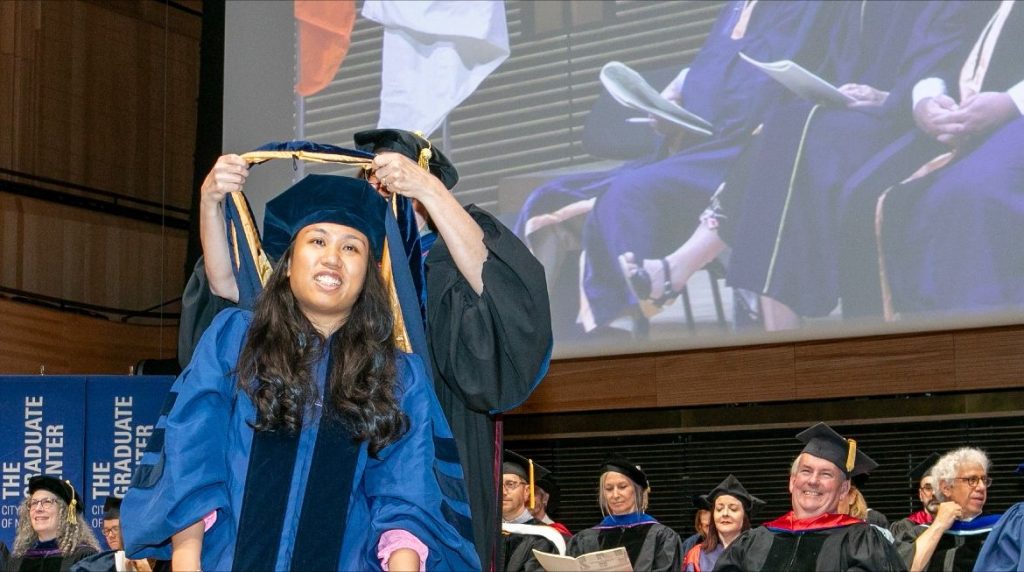Special to Campus News
Doctors are hard to come by in rural America. Nearly 20 percent of Americans live in rural communities. But only 10 percent of doctors practice there. Patients often must drive for hours to see a physician.
Such barriers to care can prove deadly. A former director of the Centers for Disease Control and Prevention recently warned that “there is a striking gap in health between rural and urban Americans.” CDC research from 2017 indicates that up to 25,000 heart disease deaths and 19,000 cancer deaths could have been prevented in 2014 if rural patients had better access to health care.
The majority of graduates from U.S. medical schools have not made career decisions that help bridge the urban-rural health gap. They’ve typically chosen to pursue careers as specialists, rather than primary care physicians. By necessity, most wind up practicing in cities with populations large and concentrated enough to support their specialized practices.
Graduates of international medical schools have been far more willing to practice in the heartland, particularly in primary care. In many cases, these graduates are American citizens who went to medical school overseas and are returning to their hometowns to launch their careers.
To improve rural patients’ lives, it’s time to recruit more well-qualified international medical school graduates to America.
The physician shortage is dire in sparsely populated parts of the country. In Texas, more than 30 counties lack a single physician. Nationwide, only 6 percent of OB-GYNs work in rural areas.
The thousands of doctors who graduate from U.S. medical schools each year do not set up shop in small-town America. Last year, the Association of American Medical Colleges surveyed the class of 2018 and found that less than 4 percent of graduates want to practice in rural areas or towns with fewer than 10,000 people. More than 40 percent said they wanted to practice in a large city.
Doctors who graduate from international medical schools are more likely to serve rural patients. According to a report from the American College of Physicians, international medical school graduates — also known as IMGs — are “often more willing than their U.S. medical graduate counterparts to practice in remote, rural areas.” A study published in the journal Family Medicine found that IMGs are key to “addressing existing rural shortages.”
International medical graduates are also more likely to work in underprivileged communities. IMGs account for one-quarter of all doctors in the United States — but more than 40 percent of the doctors in areas with per-capita incomes below $15,000.
These IMGs provide top-notch care. Research published in the British Medical Journal found that patients treated by international medical graduates reported better health outcomes than those treated by U.S. medical school graduates. International grads are also more likely to care for Medicare patients with more complex health needs, according to a study from the Journal of General Internal Medicine.
One-third of the graduates of St. George’s University School of Medicine in Grenada practice in medically underserved areas. They enter an array of specialties, from pediatrics and other primary care specialties to surgery, anesthesiology and neurology. Among all U.S. and international medical schools, St. George’s is the third-largest provider of actively practicing doctors in the United States.
Rural America doesn’t have enough doctors. Patients may be dying as a result. Bringing in more international medical graduates could ease the shortage and save lives.
 Dr. Richard Liebowitz is vice chancellor of St. George’s University (www.sgu.edu). He previously served as president of New York-Presbyterian Brooklyn Methodist Hospital.
Dr. Richard Liebowitz is vice chancellor of St. George’s University (www.sgu.edu). He previously served as president of New York-Presbyterian Brooklyn Methodist Hospital.






Facebook Comments